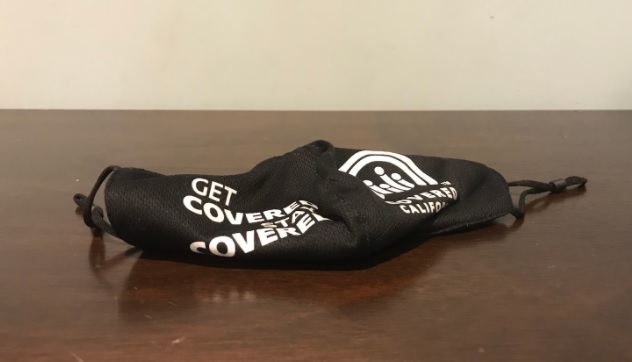It might be hard to remember now, but once upon a time, quarantine was actually a good thing.
I still recall vividly the day that Culver City High School, CCHS, shut its doors in response to the pandemic. COVID-19 cases were rapidly rising across Los Angeles County, back during a simpler time when reports of even a single coronavirus patient were cause for concern. The Friday before the shutdown, the campus was already deserted. Scores of students had taken an early leave, unwilling to risk infection. For the rest, the excitement?and fear?was palpable. It was an odd combination. Fear of this deadly new virus, yes, but also a sense of adventure. What would this strange situation bring?
As it turned out, nothing much. Certainly, the early days of quarantine were met with enthusiasm by students. Learning was disrupted, and lax virtual standards made it easier than ever to pass a class. At CCHS, the administration found itself with little ways of enforcing student attendance?this at a time when the definition of “zoom” was still limited to what you did when you wanted to take a close-up photo of an object with your phone. If anything, it seemed that students were dreading the end of this enforced rest period. Sooner or later, it seemed my peers were thinking, we would have to go back.
Yet, as the pandemic has dragged on, our perceptions of quarantine have changed. What once was a miraculously extended vacation has turned into self-imposed imprisonment. Quarantine has battered mental health, destroyed livelihoods and tanked the economy. It has also sorely impacted student learning. Much has been made about the decreased effectiveness of virtual as opposed to in-person learning. For students, this disparity very much holds true, and it transforms what was once a cause for celebration?easier A’s!?into a topic for concern. There’s no telling how much students will be impacted by an entire year of distance learning, or how difficult the transition will be when this pandemic inevitably comes to an end. How much will students have actually been able to learn virtually?
Schools have done their best to adapt to the pandemic. Culver City High School has attempted to offer some form of in-person interaction through its POD program?though even this has been fraught with uncertainty. Initially started in October 2020, as a way to allow student athletes to train and compete in their respective sports, the program was shelved for a period between December and January, as COVID-19 cases spiked across Southern California. While the program remains active today, and has begun extending to activities beyond athletics?one new POD offers a chance for students to tend an on-campus garden? there’s no telling when it may be shut down again.
The effect of quarantine has been evident over the past year, particularly for students. COVID-19 has changed the lives of young people in a way that they’ll never forget. As this pandemic stretches further on, it’s imperative that we pay close attention to the concerns of this new generation. After all, it may very well be that we’re stuck here for a little while longer.

